The Facelift Surgery: The Best Way For Jowls and Nasolabial Folds Treatment
2025-05-04
Wondering what facelift surgery involves? It’s a cosmetic procedure designed to help you look younger by lifting sagging skin and reducing deep wrinkles. This article guides you through what to expect, how to prepare, the different types of facelifts available, and essential recovery tips.
Key Takeaways
Facelift surgery, or rhytidectomy, effectively addresses visible aging signs in the face and neck by targeting the SMAS layer for more natural and lasting results.
Patients can choose from various facelift types, including mini facelifts for mild sagging, SMAS facelifts for moderate jowls, and deep plane facelifts for significant nasolabial fold, depending on individual needs and desired outcomes.
Successful facelift procedures require thorough pre-surgery preparation and adherence to post-surgery care, including managing swelling and attending follow-up appointments to ensure optimal results and patient satisfaction.
Understanding Facelift Surgery
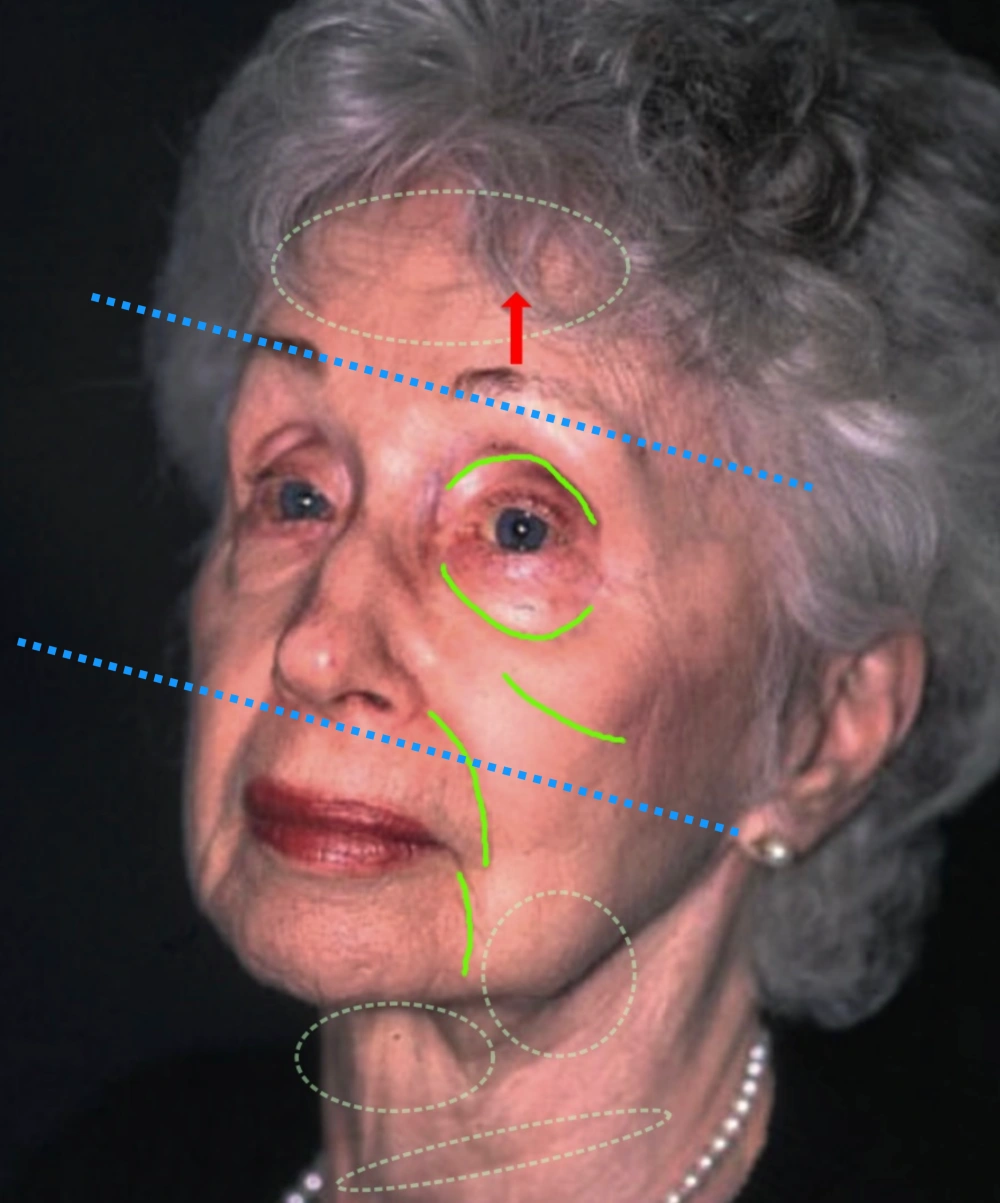
Rhytidectomy, commonly referred to as facelift surgery, is a profound surgical procedure aimed at rejuvenating the nasolabial folds and jowls by mitigating the signs of aging.
The evolution of this surgery has been significant over time due in part to insights gained about the SMAS layer’s role in facelifts. The critical aspect of targeting the deeper tissues beneath the facial skin involves manipulating what’s known as the superficial musculoaponeurotic system or SMAS layer during surgery. Such advanced techniques enable plastic surgeons to deliver results that are not only more natural-looking but also enduring. In essence, during such surgeries, excess skin is meticulously excised while simultaneously repositioning underlying tissue layers like SMAS. These steps contribute greatly toward refining facial contour while also fortifying structural support for lasting benefits.
When undergoing a complete rhytidectomy procedure, patients can expect incisions made around their temples which then trail downward before extending beyond the ears and potentially into portions of their lower scalp area too—this access permits both removal of unwanted skin folds plus strategic adjustment within deeper layers which counteract gravity’s pull along with progressive chronological transformations on one’s appearance overall.
By grasping an understanding concerning how comprehensive rhytidectomy operates including its capacity for altering foundational aspects aesthetically helps individuals foster practical anticipations regarding possible outcomes following said procedures.
Types of Facelifts
There are a variety of face lift surgeries tailored to address the particular signs of aging and meet individual patient needs. The decision on which procedure to opt for is contingent upon factors such as how pronounced facial aging is, the degree of skin laxity present, and the desired outcome one seeks. Familiarizing oneself with the different types of facelifts can aid in determining which option aligns best with your aesthetic aspirations.
1. Mini facelift or Ponytail lift
For those showing early signs of sagging skin who prefer a less invasive approach, there’s the mini facelift. This technique entails smaller incisions primarily around the sidebur to tighten cheek providing an enhanced yet subtle youthful appearance appropriate for younger individuals not ready for more aggressive surgery.
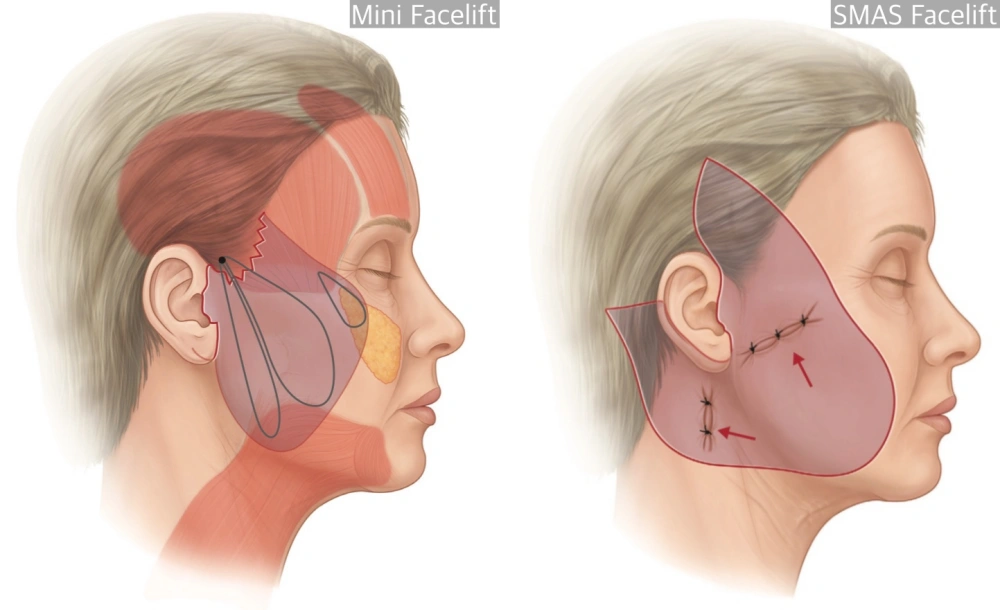
2. SMAS facelift
Alternatively, patients exhibiting mild-to-moderate levels of skin laxity might consider a SMAS facelift. By adjusting this subcutaneous layer beneath facial tissue—the Superficial Musculoaponeurotic System (SMAS)—this method offers greater improvement of jowls and nasolabial crease than that achieved by mini-facelifting procedures. It targets deeper structural layers within the face resulting in longer-lasting outcomes that appear naturally refreshed. This technique can be catagorized into:
SMAS Plication:
The SMAS flap is not elevated but rather pinched and sutured to itself.
SMASectomy:
A portion of the SMAS is excised according to the patient's facial concerns.
Bilayer SMAS facelift:
Both the skin and SMAS flaps are elevated. This technique offers versatility in vector direction, making it ideal for Asian facelifts where patients wish to avoid a widened face or prominent malar projection. It is considered the most "Korean-style facelift" commonly performed in the Gangnam area.
3. Deep plane facelift
Deep plane facelift surgery is similar with extended SMAS but is done with limited dissection on subcutaneous layer. While this technique is gaining popularity among some surgeons, its effectiveness in Asian patients has not yet been definitively proven.
The Facelift Procedure
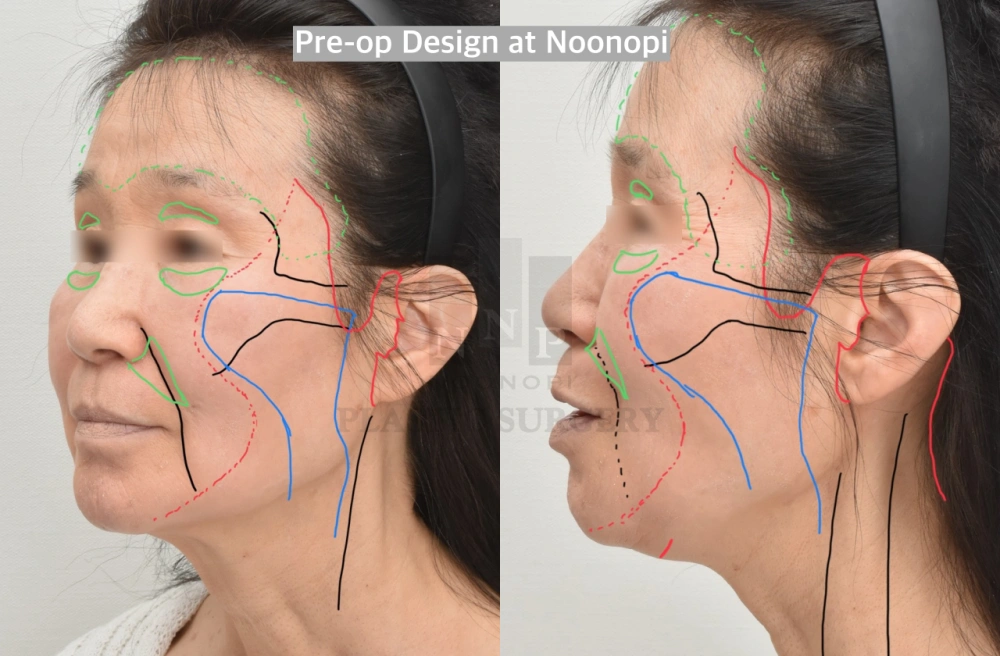
A facelift surgery is a carefully orchestrated operative measure designed to refresh and improve the appearance of facial features by addressing issues like sagging skin, pronounced creases, and other indicators of aging. The surgical process begins with incisions that are thoughtfully made starting from the temples, curving around the ears, and ending within the lower scalp region. Through these cuts in the skin, surgeons gain access to deeper layers where they can adeptly sculpt fat and reposition tissues.
To Refine neck contours, often another cut may also be required underneath one’s chin area - this is called short scar neck lift or mini neck lift in Noonopi Plastic Surgery.
Anesthesia Options for Facelift Surgery
General anesthesia is not necessary when performing full-scale facelift surgeries. IV sedation anesthesia is the main methods in many Korean Plastic Surgery Clinics.
Pre-Surgery Preparation
Surgeons typically recommend stopping intake of any medication known to elevate bleeding risk. These adjustments should be guided professionally by the operating physician.
On the actual day slated for undergoing facelift surgery, one can reduce stress significantly by wearing simple clothing and organizing personal essentials beforehand during the previous evening. It’s also wise to arrange transportation home post-procedure via a reliable person who could provide initial assistance following outpatient surgeries, especially – steps like this materially contribute towards ensuring both successful recovery and achieving desired surgical outcomes.
Post-Surgery Care and Recovery
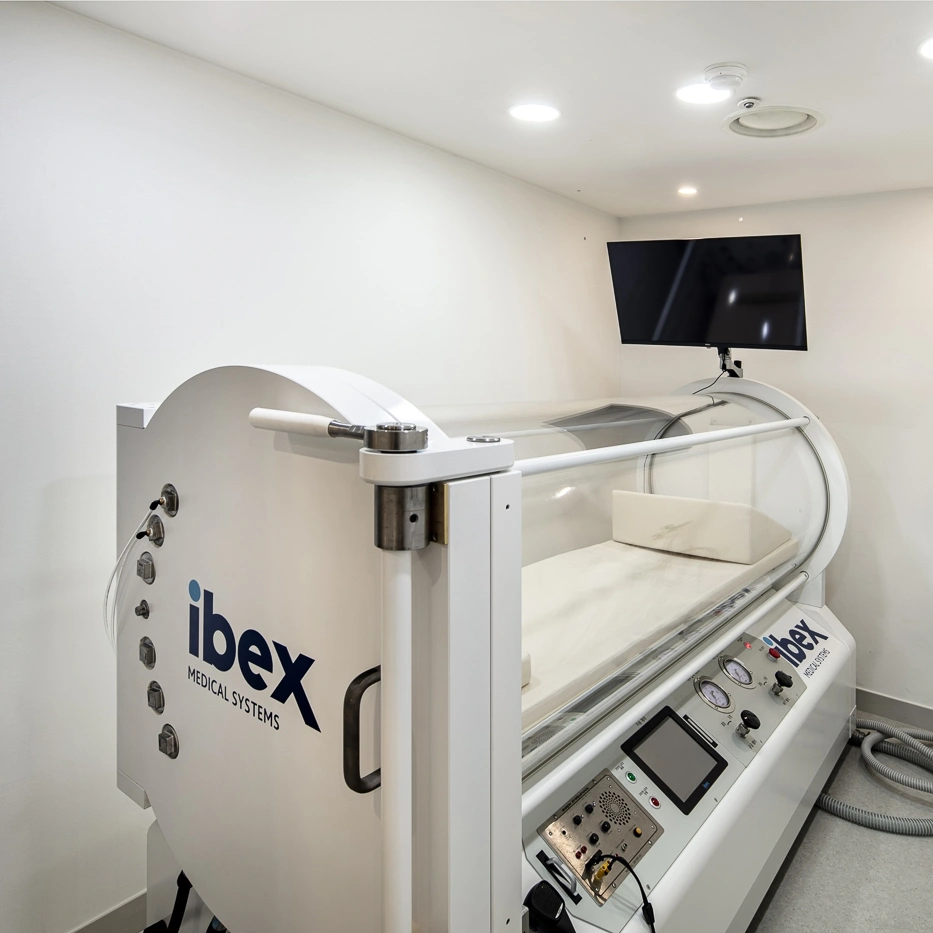
Following a facelift procedure, there are several critical steps that must be taken to ensure successful healing and the best possible outcome. Among them, hyperbaric oxygen therapy (HBOT) is a proven treatment that promotes healthy recovery of the skin flap. Recently, an increasing number of facial rejuvenation clinics in Seoul have begun incorporating HBOT into their postoperative care protocols.
In Noonopi, HBOT are included in the facelift cost.
Risks and Complications
Every surgical procedure, including facelift surgeries, carries potential risks and complications that should not be overlooked. Patients need to recognize these risks and have open discussions with their plastic surgeon about any concerns they may have.
Potential complications include the injuring facial nerves, which might result in either temporary or enduring paralysis of the facial muscles. This particular complication is infrequent but serves as a reminder why selecting a proficient and experienced surgeon is crucial for reducing such risks. Post-procedure, changes in skin sensitivity or numbness can occur as well. This usually diminishes gradually over time.
Patients might also experience the formation of hematomas—accumulations of blood outside of vessels—which could necessitate surgical procedures to resolve. There exists a likelihood for irreversible hair loss at sites where incisions are made during surgery. This issue has implications on the final visual appearance post-surgery. These highlighted points constitute some possible complications associated with undergoing such procedures.
Being aware of these potential issues enables patients to make knowledgeable choices when considering undergoing facelift surgeries while preparing adequately for what lies ahead on their aesthetic journey.
🔗Learn more about facelift side effects
Rhytidectomy Recovery Day-by-Day
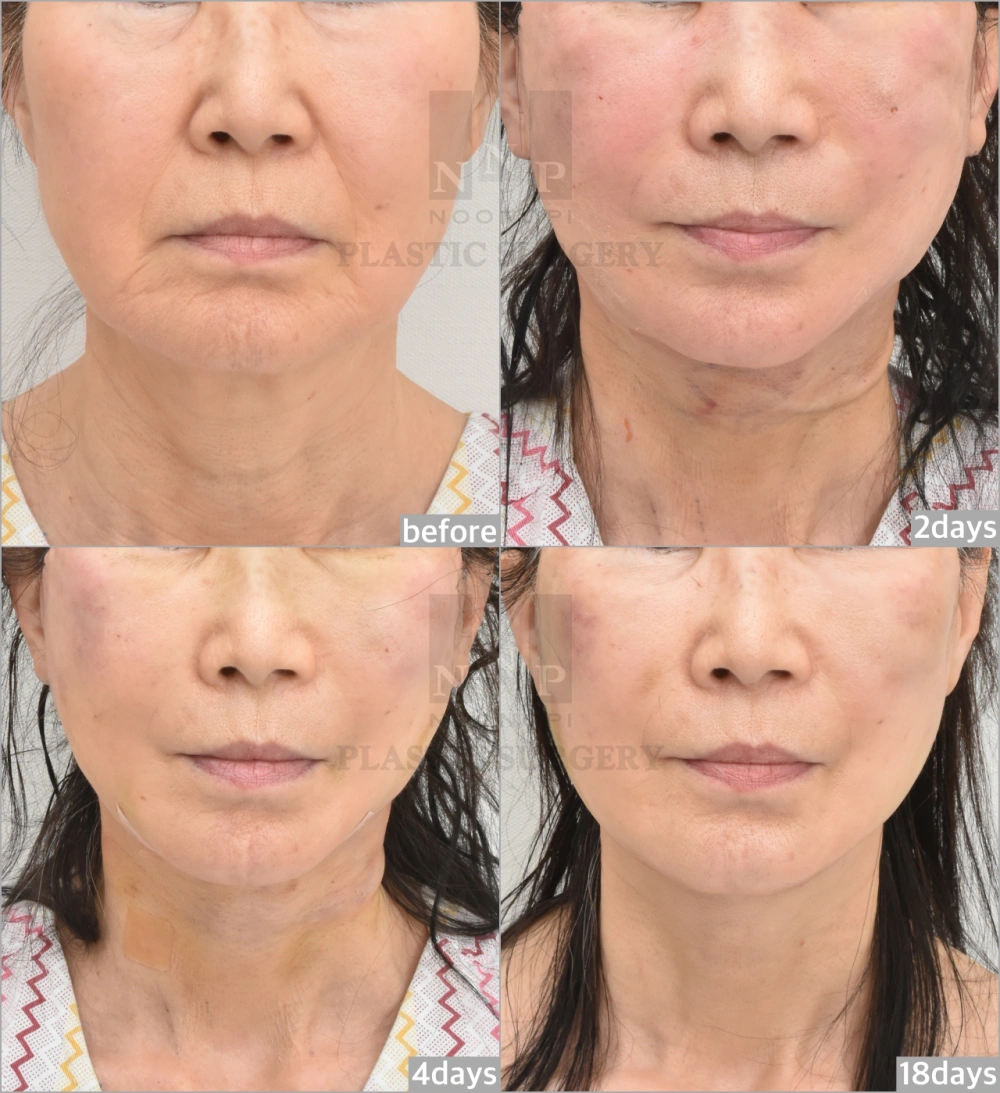
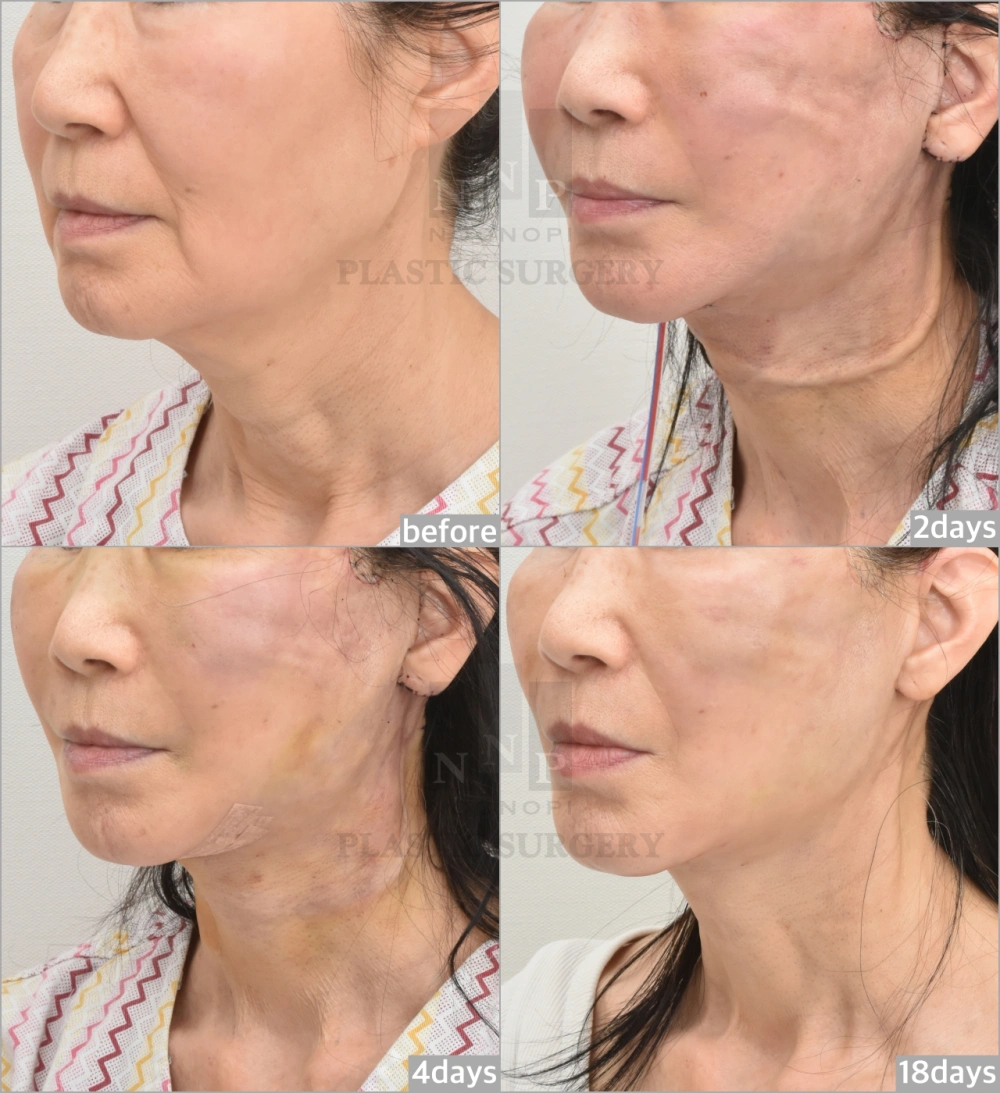
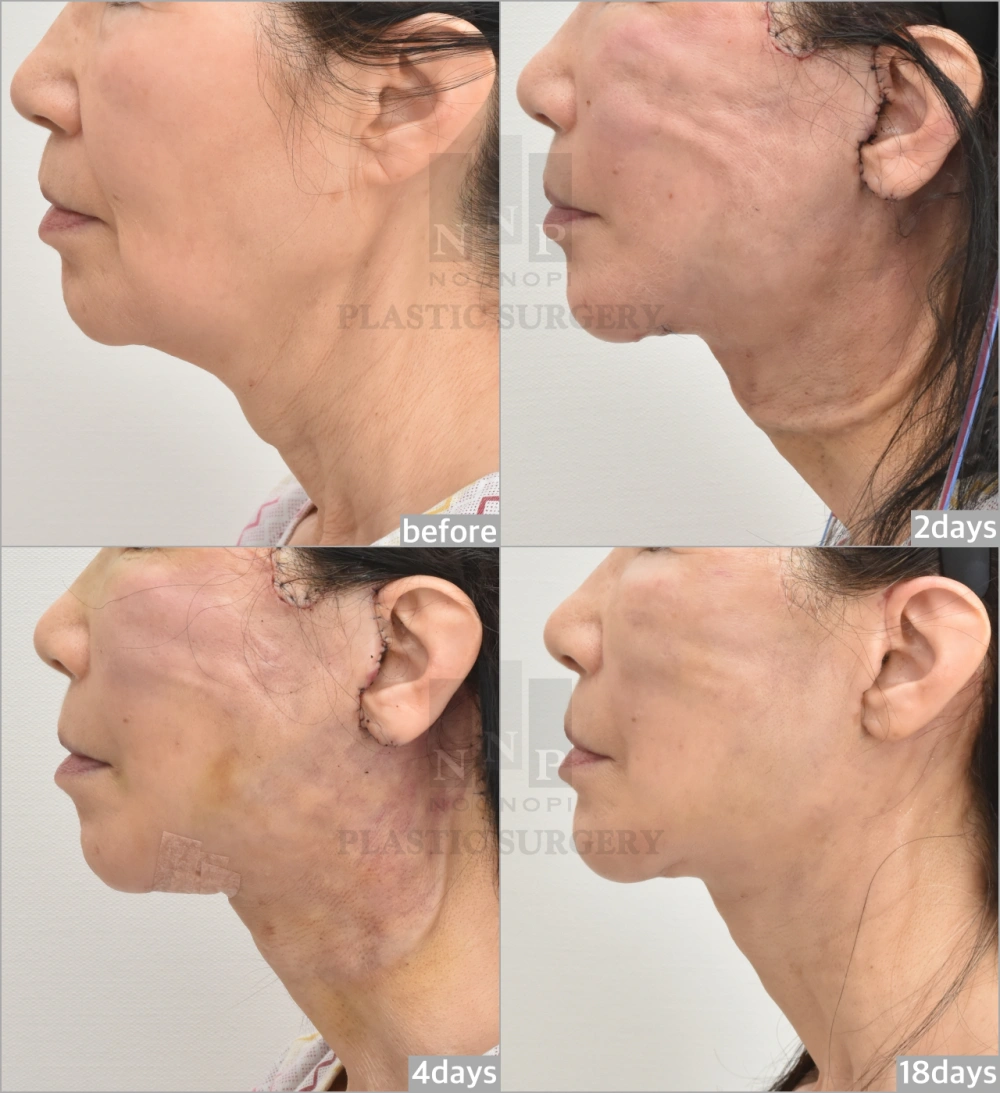
A facelifts has the potential to dramatically alter one’s look, giving a rejuvenated and youthful glow. As the post-operative swelling and discoloration recede, patients can appreciate their refined skin texture and improved shape of their face. Following this procedure, many individuals experience an uplift in self-assurance.
Complementary Procedures
Incorporating additional cosmetic procedures with a face lift can significantly improve the overall aesthetic outcome, offering a more extensive rejuvenation. A neck lift is often performed in tandem to enhance the shape of the neck and jawline, ensuring these improvements blend seamlessly with those achieved through face lift surgery.
Lower blepharoplasty, commonly known as eyelid surgery, frequently accompanies a face lift too. This procedure aims to correct sagging eyelids and reduce under-eye bags, revitalizing the look of the upper face area so it complements changes from the primary operation effectively. Forehead lift may also be utilized for harmonize facial rejuvenation.
Realistic Expectations
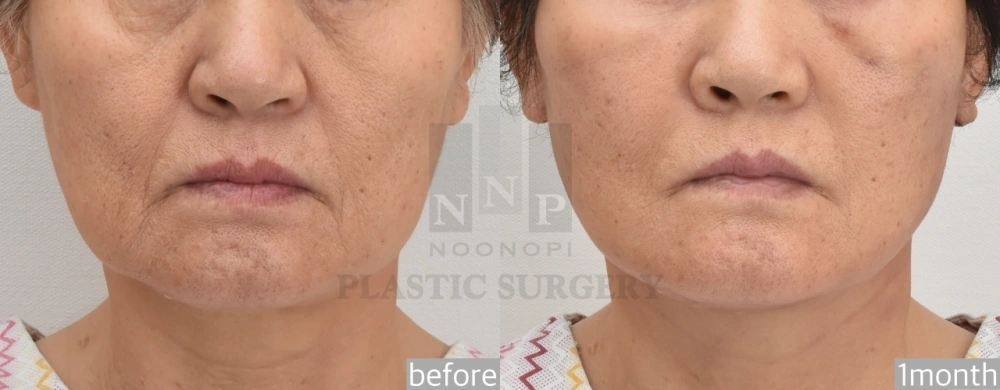
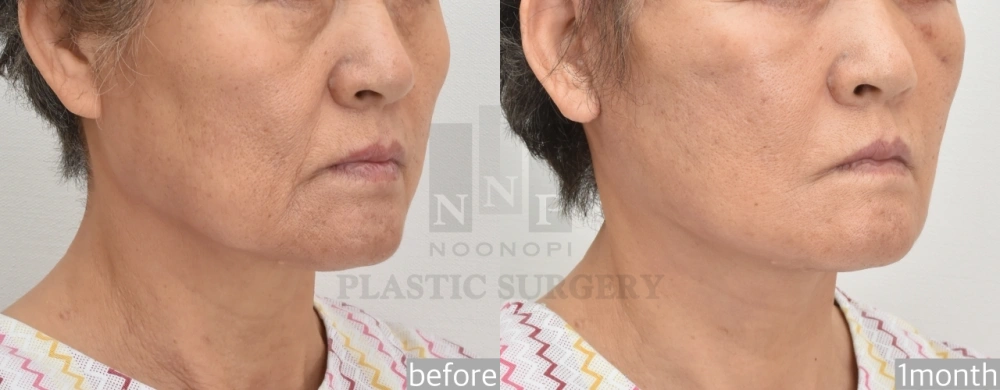
The effectiveness of a facelift can differ based on various personal characteristics, including skin quality, age, facial skeletal type, as well as health habits. It’s essential for individuals considering face lift surgery to have realistic expectations in order to be satisfied with the outcome. A bilayer High SMAS technique is Dr. Park's preference, often best suited for older patients who exhibit more pronounced signs of aging and desire substantial, enduring improvement. Those undergoing this procedure need to comprehend both the extended recovery period and any potential risks that accompany it.
For those with strong bony supports(like above picture), an Extended SMASectomy might be appropriate. This alternative involves more extensive SMAS flap elevation than bilayered technique.
Summary
To summarize, the pursuit of a facelift operation presents an opportunity for revitalization by tackling numerous aging indicators and reinstating a more youthful look. Knowledge about various facelift techniques, anesthesia choices, along with vital pre- and post-operative measures enables patients to take well-advised steps and foster practical anticipations regarding their surgical outcomes.
Securing an adept plastic surgeon and adhering diligently to care directives after surgery are imperative actions that lead toward attaining favorable results. With meticulous organization and grounded expectations regarding what the surgery can yield, undergoing a facelift has the potential to considerably improve one’s appearance as well as self-assurance—deeming it a sound investment in personal health and happiness.
Frequently Asked Questions
How to get rid of jowls and nasolabial folds?
The main purpose of facelift surgery, or rhytidectomy, is to address visible signs of aging - especially jowls and nasolabial folds. This procedure rejuvenates one’s appearance and restores a more youthful look.
What are the different types of rhytidectomy available in Noonopi?
There are multiple face lift procedures such as the mini facelift, bilayer SMAS facelift, and SMASectomy procedures. Each is tailored to correct varying degrees of deep tissue sagging and signs of aging. The decision on which type to select should be based on individual needs and the results you wish to achieve.
How is the SMAS layer involved in Noonopi?
During surgery, the elevation and tightening of the SMAS layer are essential for improving the deeper facial tissues, leading to results that appear both more natural and last longer. Dr. Nk Park demonstrates exceptional proficiency in raising thick SMAS flaps, a surgical technique that only a select few in the field can replicate.
What is advantage of combining neck lift during face lift?
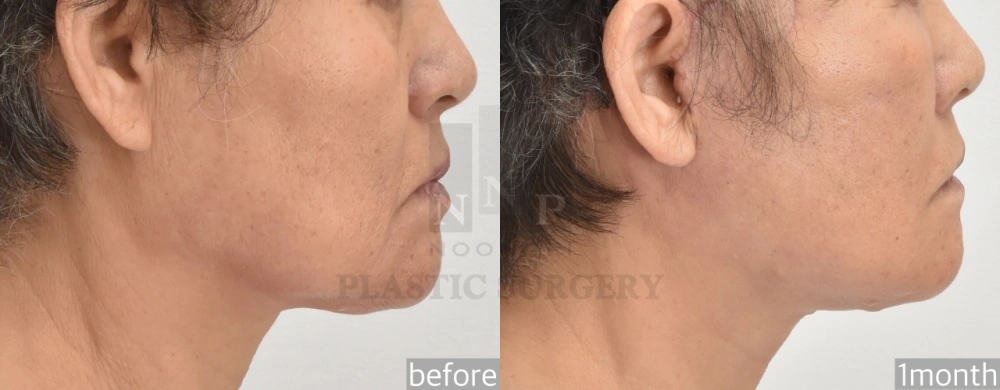
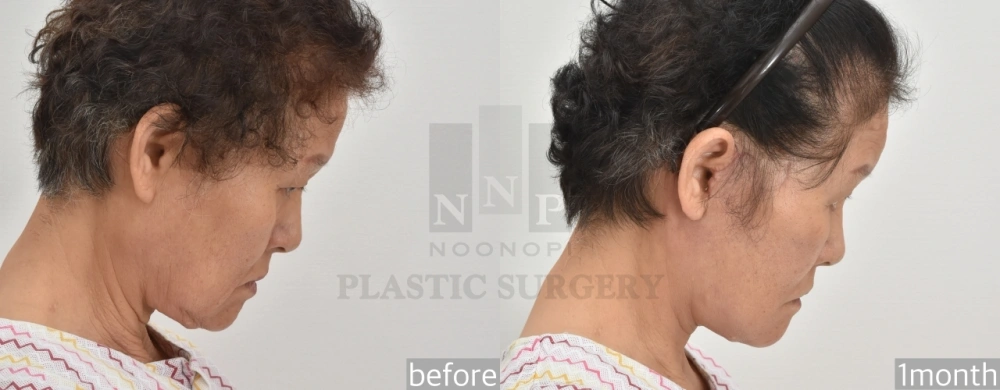
The face and neck are anatomically continuous, and performing rejuvenation on both areas simultaneously can lead to more balanced and harmonious results.
Learn more about why face and neck lift are done in most cases.
How long do the results of a facelift typically last?
The results of a facelift typically last up to 5~15 years, depending on factors such as skin elasticity, age, and lifestyle choices. Thus, individual outcomes may vary significantly.


